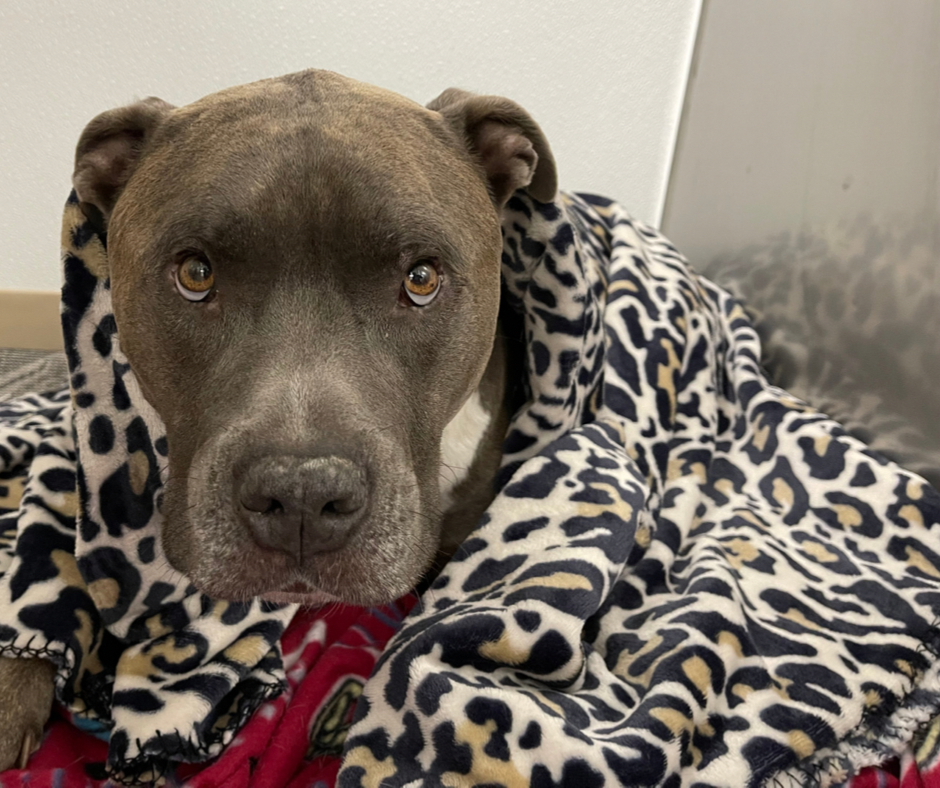Few clients are afraid of surgery for their pets.
Most are concerned about anesthesia.
Yet anesthesia is extremely safe these days.
Based on the biggest study ever designed in veterinary medicine (Brodbelt 2008), the risk of dying under anesthesia is 0.17% in dogs and 0.24% in cats.
I probably shouldn’t put this out into the universe, but our numbers are even lower.
The numbers are reliable since the study involved 98,036 dogs and 79,178 cats – which are gigantic numbers in our field.
Keep in mind that these super low numbers include ALL patients: young & healthy pets, as well as very old and very sick, and everything in between.
How can we make anesthesia so safe?
1. We use very safe drugs
We have made tremendous progress in the last few years. We use drugs that are safe, most often used in human medicine, short-acting, and quickly eliminated by the body.
2. Every pet has a dedicated anesthesia nurse
One of our lovely, caring, well-trained nurses takes care of a patient throughout the entire anesthesia process. Monitoring the patient is her only job. There is no multi-tasking here. A different nurse clips the hair, helps with X-rays, and helps set up in the OR.
The close supervision starts with sedation, then continues with placing a tube down the throat, monitoring the patient during every second of the anesthesia, and recovering the patient.
3. Every pet is thoroughly monitored
A patient is attached to monitoring equipment during preparation (clipping hair etc.), then to a different monitor if X-rays are needed, and then to a different monitor in the OR.
During surgery, we monitor every possible “vital” or “value” or “parameter”:
- EKG
- Blood pressure
- Oxygen level
- CO2 level
- Temperature
- Heart rate
- Heart sounds (with a good old stethoscope)
4. Every patient has an anesthesia record
All of these values are logged in an anesthesia record. We do this VERY frequently, every 5 minutes. This helps the anesthesia nurse and the surgeon notice trends.
For example, if the blood pressure keeps dropping, we need to find a reason and correct it ASAP.
Or, if the temperature keeps dropping, the nurse comes up with more ways to keep the patient warm.
5. Every patient needs full blood work
Blood work allows us to assess three main parts:
- A CBC (Complete Blood Count) looks at red blood cells (to carry oxygen), white blood cells (to fight infection), and platelets (to clot properly).
- A chemistry looks at internal organs, mostly the liver and the kidneys.
- Electrolytes include sodium and potassium. They need to be at appropriate levels for optimal health and safe anesthesia.
6. Every pet gets a physical exam
The most relevant part from an anesthesia standpoint is to make sure there is no heart murmur.
Even if there were a heart murmur, we can still perform safe anesthesia. We might need to change the anesthesia drugs we use and be more conservative with IV fluids.
7. We are obsessed with keeping patients warm
We know that patients who are cold process anesthesia drugs more slowly, and therefore, they have a slower and more difficult recovery.
This is the reason why we pay so much attention to their temperature.
We make sure they stay warm after their sedation drugs are given (this is the reason why so many patients featured on our Facebook page are covered in a blanket. It’s not only because they look cute that way!
- Then we make sure they stay warm during preparation & clipping.
- Then we make sure they stay warm while they get preop X-rays, if X-rays are needed.
- Then we make sure they stay warm during the entire surgery, thanks to a warming surgery table, a warming blanket, warming devices, warm IV fluids, etc.
- Then we make sure they stay warm while they get postop X-rays, if X-rays are needed.
- Then we make sure they stay warm while they recover from anesthesia.
As I said, we’re a tiny bit obsessed about that, and it makes a big difference, not only in the safety of anesthesia but also in patients’ well-being.
If you’ve ever had anesthesia, you may remember waking up cold and shivering, and that is rarely a pleasant experience.
Surgeons hate a saying created by anesthesiologists, but it’s the truth: “There are routine surgeries, but there is no routine anesthesia.”
We take it all very seriously.
In spite of it all, we are very aware that unexpected complications do occur. By implementing all of the above precautions, we strive to limit the risks as much as humanly possible.
If you would like to learn how we can help your pet with safe surgery and anesthesia, contact us through www.LRVSS.com
Phil Zeltzman, DVM, DACVS, CVJ, Fear Free Certified
www.LRVSS.com




